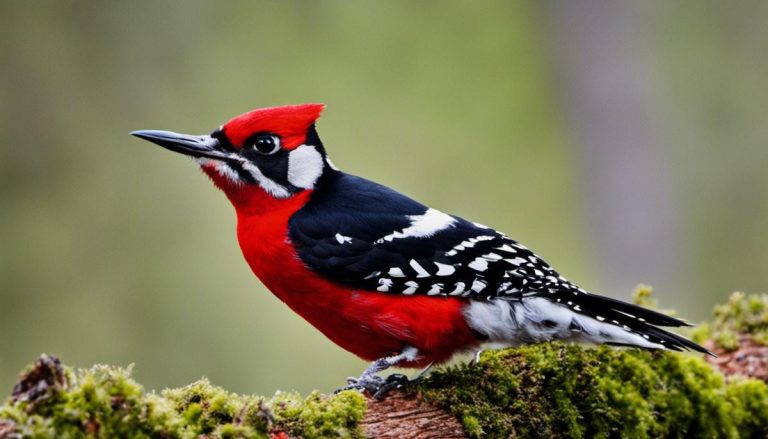Oregon’s rich landscapes are home to a fantastic array of wildlife, and one specific group of birds, the woodpeckers, adds a unique rhythm to the symphony of nature. When walking through the lush, rugged forests, you may hear the distant tap-tap-tap of a determined woodpecker, chiseling away at the bark of a tall tree. This group of birds, amazingly diverse in their size, color, and behavior, significantly influence the health of Oregon’s forest ecosystems. This exploration into Oregon’s woodpeckers will provide an in-depth overview of various species, delve into their importance in the ecosystem, and shed light on conservation efforts and how you, as a member of the community, can participate.
Overview of Woodpeckers in Oregon
Overview of Woodpeckers in Oregon
Oregon is home to a rich array of woodpeckers, with 13 species in total nesting within its borders. As a state with a pronounced range of habitats—from dense forests to sprawling wetlands to arid deserts—Oregon offers a diverse set of environments in which these fascinating birds can thrive.
One of the more common woodpecker species in Oregon is the Downy Woodpecker (Picoides pubescens). Identified by its small size and straight chisel-like bill, the Downy Woodpecker can be found predominantly in deciduous woodlands and suburban areas throughout Oregon.
Among larger woodpeckers, the Pileated Woodpecker (Dryocopus pileatus) is a well-known resident in Oregon. Often distinguished by their large size and choppy flight pattern, these birds occupy mature forests with plenty of dead trees and fallen logs, ideal for drilling and hunting insects.
The Northern Flicker (Colaptes auratus), unlike most woodpeckers who peck trees vertically, can often be spotted on the ground searching for ants and beetles. Their widespread presence in both urban and rural areas makes them one of Oregon’s most recognizable woodpecker species.
One species of concern is the Lewis’s Woodpecker (Melanerpes lewis), listed as a species of conservation concern in Oregon due to habitat loss and degradation. They are notable for their unusual flycatching behavior and for using old woodpecker holes or natural cavities for nesting rather than pecking new ones.
Another noteworthy species is the White-headed Woodpecker (Picoides albolarvatus), which resides in Ponderosa pine forests in the central and northeastern parts of the state. Their preference for large-diameter pines as foraging sites sets them apart.
Woodpeckers Role in Oregon’s Ecosystems
In addition to being noteworthy for their distinct behaviors and characteristics, woodpeckers play a vital role in Oregon’s ecosystems. They are one of nature’s most effective pest control agents, consuming a substantial number of tree-dwelling insects, thereby aiding in the health and longevity of forests.
Furthermore, their characteristic pecking behavior creates nesting cavities, which are subsequently used by a variety of other bird and animal species. They are, in this way, significant ecosystem “engineers”, facilitating biodiversity by creating habitats for others.
As far as conservation efforts are concerned, Oregon has implemented several strategies, focusing especially on maintaining wooden structures and old trees that serve as suitable habitats for woodpeckers. Research monitoring and surveys continue on these species, providing valuable insights into their habits, population trends, and the conservation challenges they face.
The diversity and impact of woodpeckers in Oregon highlight the importance of maintaining healthy, diverse ecosystems in which these remarkable birds can flourish.
Challenges for Woodpeckers in Oregon
Despite playing vital ecological roles, woodpecker species in Oregon contend with several threats. Predominantly, these stem from habitat destruction due to industrial logging, forest clearance for farming, and urban expansion. Climatic changes compound these challenges, influencing the environmental conditions integral for their survival.
Conservation approaches are actively addressing these issues. Strategies focus on safeguarding and rejuvenating habitats, particularly preserving dying or dead trees that are indispensable resources for woodpeckers for nesting and foraging. Amplifying public consciousness through education can help highlight the intricate roles of these creatures in Oregon’s ecosystems, and foster understanding of why their conservation is beneficial to both humans and nature.
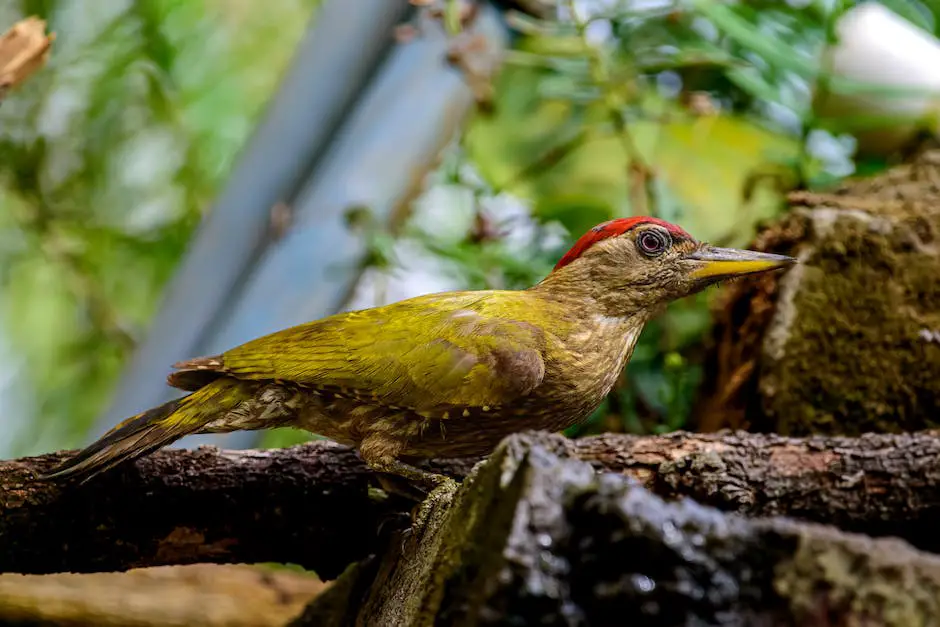
Detailed Profiles of Selected Woodpecker Species
The Pileated Woodpecker: An Icon of Oregon’s Forests
Among the diverse bird species in Oregon, the Pileated Woodpecker stands out. It is one of North America’s most significant woodpeckers, reaching lengths of up to 19 inches. Its vivid red crest, dark body, and white facial and neck stripes contribute to its remarkable similarity to the beloved “Woody Woodpecker” character.
Just as distinctive as their appearance is their behavior. Pileated Woodpeckers are renowned for their relentless pecking. With a fondness for insects like carpenter ants and wood-boring beetles, they can be found ardently burrowing into rotting trees or fallen logs. Their resounding drumming is a clear indicator of their vicinity and it resonates over large distances.
Pileated Woodpeckers gravitate towards woodland, forest, and suburban habitats that house mature trees. They exhibit a preference for mixed forests, an amalgamation of deciduous and coniferous trees. Oregon, with its extensive forest coverage, provides an ideal habitat for this species.
Being a common species, the Pileated Woodpecker doesn’t currently face any direct threat. Yet, it highly relies on the existence of mature forests and trees. Therefore, deforestation and habitat trivialization pose significant challenges to their survival.
Meet the Northern Flicker: Oregon’s Ground-Digging Woodpecker
Enter the Northern Flicker, a bird that adds a unique flavor to the image of woodpeckers in Oregon. This peculiar avian species belongs to the woodpecker family but doesn’t quite follow the usual expected behavior. Instead, the Northern Flicker digs in the earth for ants and beetles, making use of its long, curved beak in a way not often seen in its winged relatives.
The Northern Flicker makes a distinct impression. Its large size, reaching about 12 inches in length, and the gray-brown color of its body filled with black-spotted underparts can catch the eye from afar. But perhaps the most surefire way to recognize this bird is through its identifiable white rump patch, which is most visible while in flight. Males boast a striking black or red ‘mustache’ that sets them apart.
These birds can be found in opened habitats near forestry like woodlands, or on the outskirts of forests, and have adapted to inhabit residential areas of Oregon. A common sight would be a Northern Flicker near an anthill, using its long, specialized tongue to extract ants and larvae for a meal.
Commonly found, Northern Flicker, similar to the Pileated Woodpecker, is not on the list of threatened or endangered species. However, the fact that it depends heavily on trees for nesting means that its population can be negatively affected by deforestation and habitat loss.
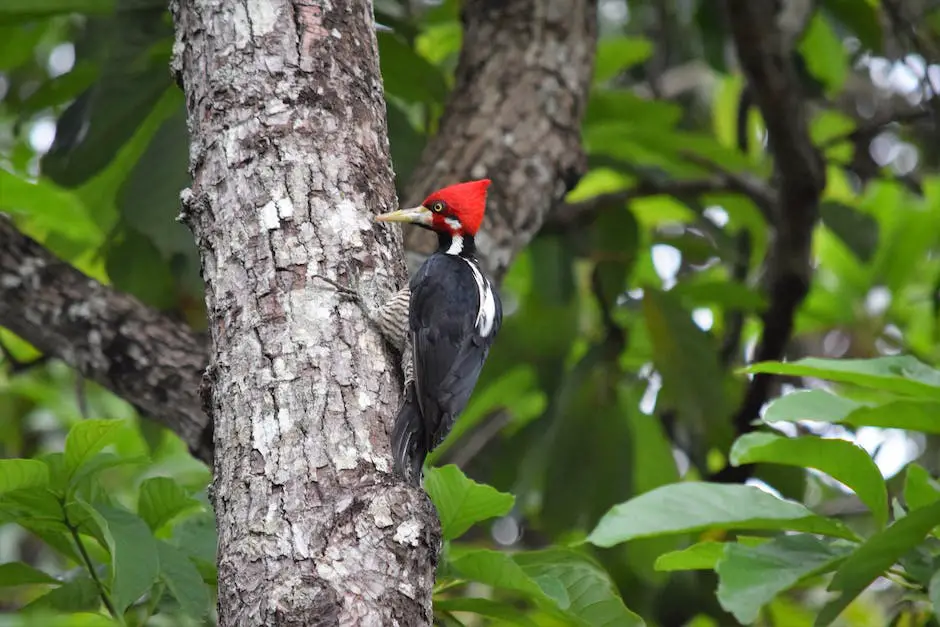
The Role of Woodpeckers in the Ecosystem
Understanding the Role of Woodpeckers in the Ecosystem of Oregon
Woodpeckers in Oregon aren’t just part of the scenery – they play a crucial role in upkeeping the health and vibrancy of Oregon’s forest ecosystems. Often aptly dubbed as ‘ecosystem engineers,’ their impact on the environmental welfare of forests is immensely significant.
Pest Control
A primary contribution of woodpeckers to the ecosystem is their role in pest control. Insects and larvae are the main constituents of a woodpecker’s diet, supporting the regulation of insect population in the forests. Several of these insects, such as bark beetles and emerald ash borers, are destructive to trees and can cause substantial damage if their numbers are left unchecked. Woodpeckers’ predation helps keep these pests in balance, preventing widespread tree death and aiding in the overall health of the forest.
Seed Dispersal
In addition to pest control, woodpeckers play a crucial role in seed dispersal. While their diet is predominantly insect-based, woodpeckers also consume and disperse the seeds of various tree species. This activity is essential to the propagation of many types of trees, as it ensures their seeds are spread far from the parent tree, helping the forest to diversify and flourish.
Creating Habitats for Other Species
Perhaps the most significant ecological impact of woodpeckers comes from their nest excavation behavior. Woodpeckers typically nest in the trunks of dead or dying trees, a process which involves drilling large holes in the wood. These holes, or cavities, don’t just serve as homes for woodpeckers; they provide shelter for numerous other species once the woodpecker has vacated.
Species ranging from small mammals like squirrels and chipmunks, to birds such as owls, swallows, and chickadees all utilize these cavities, which can be a rare resource in many forests. Some species are entirely dependent on woodpeckers for their nesting sites. Without woodpeckers, these species may struggle to find suitable homes, which could lead to population declines.
A Look at Oregon’s Woodpeckers and Their Role in the Forest Ecosystem
The forests of Oregon benefit significantly from the ecosystem services provided by woodpeckers. These birds not only regulate pest populations but also disseminate seeds and carve out nesting spaces for various other species, thus contributing to a diverse and healthy forest ecosystem. The understanding and acknowledgment of these crucial roles played by woodpeckers can help inform more effective forest management methods and emphasize the necessity of preserving these unique avian species.
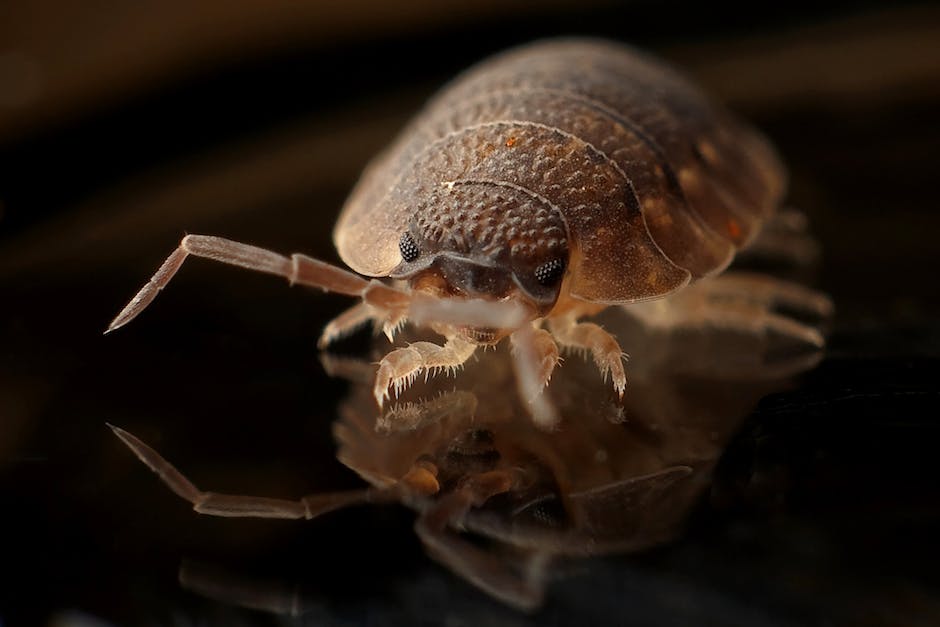
Conservation Efforts and Citizen Science Opportunities
State-Wide Conservation Measures for Sustaining Oregon’s Woodpeckers
Conserving Oregon’s woodpeckers is a critical aspect of fostering regional biodiversity as these birds play a substantial part in maintaining the state’s ecosystem. They eat insects that could potentially harm the forest and by creating holes in trees, offer habitats to a multitude of bird and mammal species. Various stakeholders in Oregon, like the US Forest Service, The Oregon Department of Fish and Wildlife, as well as the Audubon Society of Portland, are amplifying their efforts to protect these essential birds and their habitats.
A leading focus of these organizations is habitat preservation along with conducting thorough research to gain more extensive knowledge about the behavioral patterns and needs of these birds. One such tactic includes Controlled Forest Burns that create ideal living conditions for woodpeckers. Furthermore, the implementation of nest-box programs offers these birds additional and more suitable breeding and nesting sites, allowing them to thrive in their natural environment.
Threats to Oregon Woodpeckers
Despite such initiatives, several threats loom over Oregon’s woodpeckers. They are often vulnerable to habitat loss due to logging and land development. Urban expansion poses a particular threat, as it can fragment or eliminate critical habitat. Changing climate conditions may also impact the availability and quality of food sources and nesting sites. Furthermore, the introduction of non-native species can upset the balance of the ecosystem and generate additional competition for resources. Remaining vigilant about these threats and implementing dynamic, comprehensive strategies are imperative to saving and supporting Oregon’s woodpeckers.
Citizen Science Opportunities: How You Can Help
Citizen involvement can notably aid conservation efforts. By assisting in projects such as the Great Backyard Bird Count or Christmas Bird Count, regular citizens can contribute valuable information about woodpecker populations and behavior. Both initiatives, sponsored by the Audubon Society and Cornell Lab of Ornithology, involve counting and monitoring birds in a specified area to track trends in bird populations.
The Audubon Society of Portland also offers a year-round volunteer opportunity through their Wildlife Care Center. Volunteers help maintain the facility and assist with the care of Oregon’s injured or orphaned woodpecker population.
For those interested in contributing in a more hands-on way, the installation and monitoring of nest boxes can be particularly rewarding. This initiative provides direct assistance to woodpeckers by producing more nesting sites, and also offers excellent opportunities to observe and learn about these fascinating birds.
These and other citizen science initiatives offer engaging and impactful ways for everyone to play a part in the conservation of Oregon’s woodpeckers.
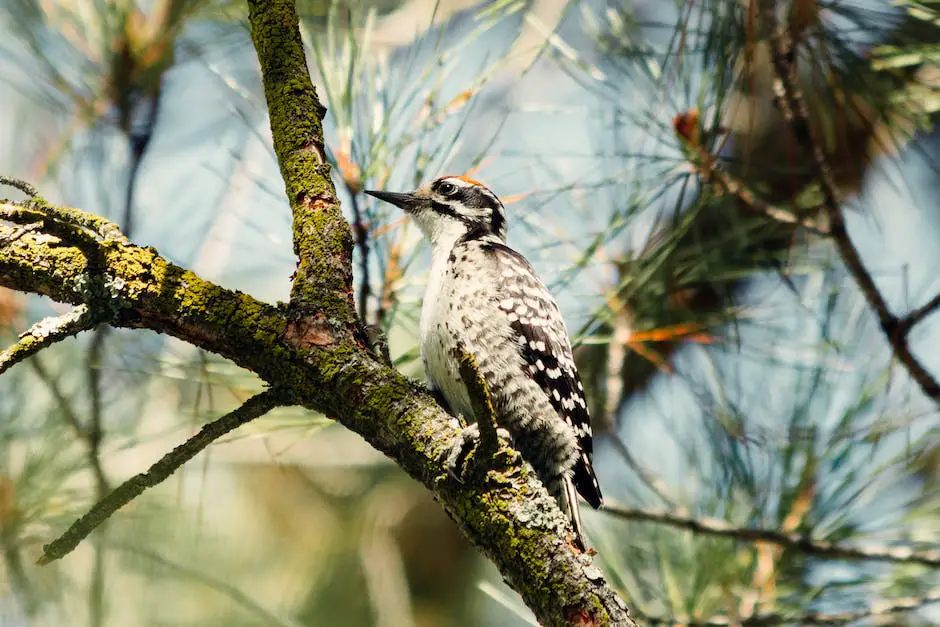
Few bird species embody the intricate, dynamic, and astounding biodiversity found in Oregon’s wilderness as woodpeckers do. Their seemingly simple task of seeking insects in tree bark has a profound impact, influencing the well-being of forest ecosystems and offering housing opportunities to countless creature species. We all play a part in ensuring the survival and prosperity of these striking birds. By educating ourselves about these fascinating species and participating in dedicated conservation efforts, we contribute to a future where the echo of the woodpecker’s tap continues to ring forth from our beloved forests.

